Connecting a gooseneck trailer to a semi-truck involves understanding the unique characteristics of each type of vehicle and ensuring compatibility. This article delves into the complexities of this connection, offering in-depth insights into specifications, safety concerns, and regulations to help you make informed decisions about trailer choices.
Understanding Gooseneck Trailers: A Brief Overview
What is a Gooseneck Trailer?
Gooseneck trailers are distinct due to their design, featuring a “neck” that extends from the front of the trailer to connect to a ball hitch mounted in the truck bed. This setup provides enhanced stability and maneuverability compared to traditional bumper-pull trailers. Common applications include:
- Heavy Equipment Transportation: Suited for moving construction machinery and vehicles.
- Livestock Transport: Designed with features like side ramps and ventilation for animals.
- Car Hauling: Ideal for transporting multiple vehicles on a single trip.
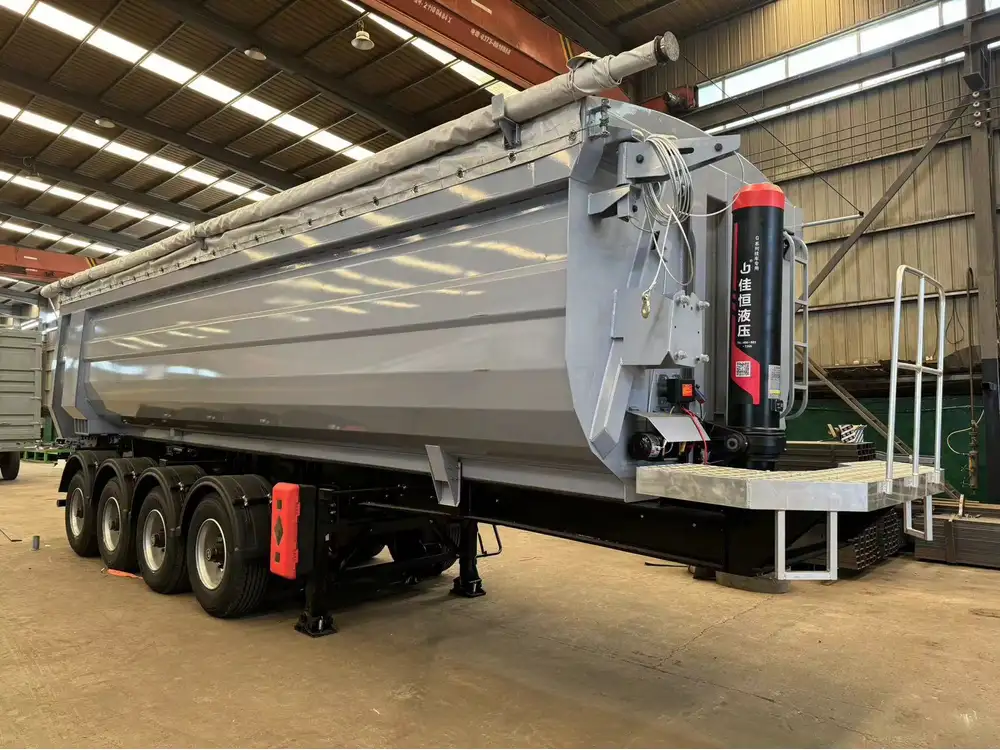
Types of Gooseneck Trailers
| Type | Description | Ideal Use Cases |
|---|---|---|
| Flatbed Gooseneck | Offers a flat surface for easy loading and unloading | Heavy machinery, lumber |
| Enclosed Gooseneck | Provides protection from the elements for cargo | Transporting delicate goods |
| Livestock Gooseneck | Specially designed for the humane transport of animals | Cattle, horses, and other livestock |
| Car Hauler Gooseneck | Equipped with features specific for safely transporting cars | Racing cars, classic vehicles |
Benefits of Gooseneck Trailers
- Increased Stability: The connection point is located over the rear axle, reducing sway during transport.
- Enhanced Weight Distribution: Gooseneck designs allow for better balancing of heavy loads.
- Versatility: Many gooseneck trailers come with adjustable features to accommodate different cargo types.
Connecting a Gooseneck Trailer to a Semi
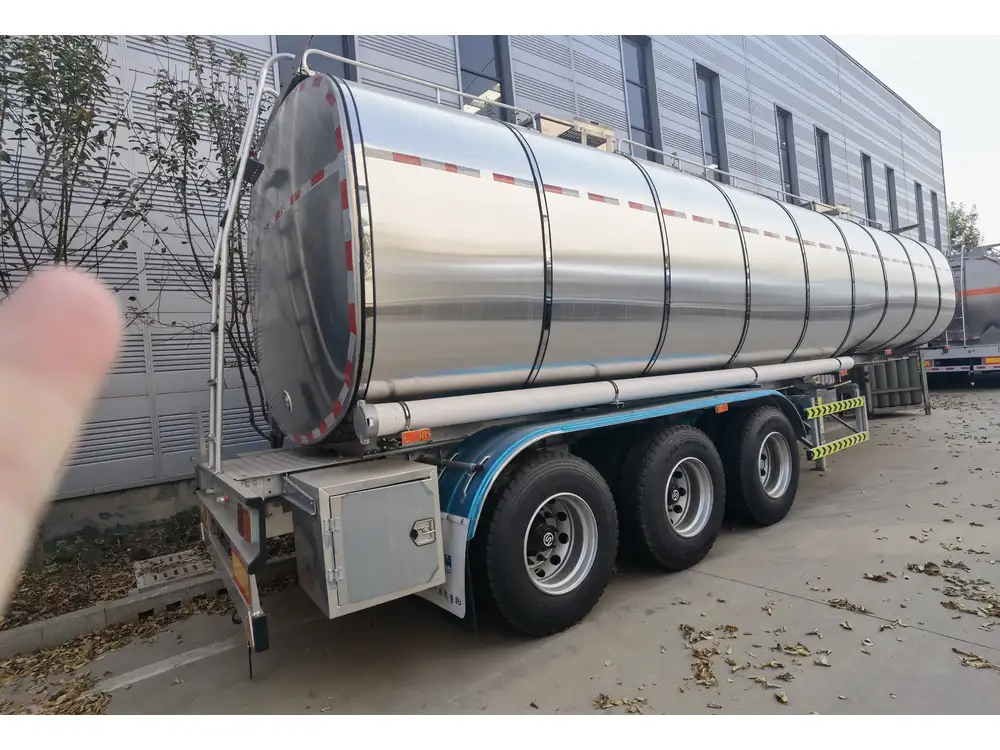
Compatibility Considerations
Connecting a gooseneck trailer to a semi-truck is feasible, but there are several key factors to consider:
Hitch Specifications: Semi-trucks must be equipped with the appropriate gooseneck hitch. This involves selecting a hitch that matches the weight capacity of the trailer. Gooseneck hitches typically have weight ratings ranging from 10,000 to over 30,000 pounds.
Truck Bed Space: Ensure that the semi-truck’s bed is designed for gooseneck connections. The trailer should connect at a point that allows for optimal turning radius and weight distribution.
Towing Capacity: Confirm that the semi-truck’s towing capacity exceeds the total weight of the trailer and its cargo. Many freight carriers are equipped for heavy loads, but it’s vital to verify specifications.
Types of Hitches for Connection
Understanding the types of hitches available is critical for safe and effective connection.
Fixed Gooseneck Hitches: These are mounted rigidly to the truck’s bed and provide excellent stability for regular use. Ideal for heavy-duty and frequent hauling.
Adjustable Gooseneck Hitches: Allows for height adjustments to accommodate various trailer types. Useful for those who switch between trailer styles frequently.
Ball Gooseneck Hitches: These feature a ball-and-socket mechanism which provides additional flexibility during transport.
Installation Requirements
Proper installation of the hitch and ensuring that all components are securely fastened is paramount. The installation may require:
- Professional Assessment: In some cases, hiring a professional to ensure that the hitch is properly installed is advisable.
- Periodic Inspections: Regular checks on hitch integrity and connection points are necessary for safety during transport.

Safety Implications
Load Distribution and Stability
When towing a gooseneck trailer with a semi, distributing the cargo weight evenly is vital. Proper load distribution:
- Reduces the risk of rolling over during sudden maneuvers.
- Ensures that the trailer remains stable during turns.
Brake Systems
Ensure that the trailer’s braking system is compatible with the semi. Some gooseneck trailers are equipped with:
- Electric Brakes: These offer easy control from the truck’s cab and are often used in lighter loads.
- Hydraulic Brakes: Typically found in heavier trailers, requiring specific compatibility with the semi’s systems.
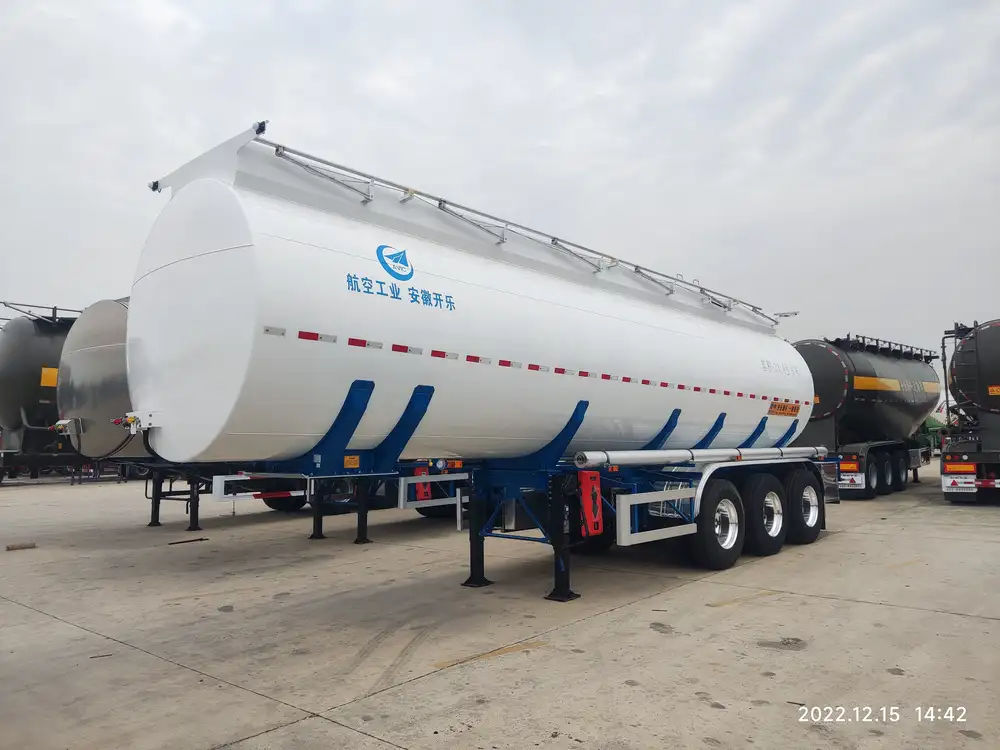
Emergency Protocols
In case of emergencies, developing a protocol ensures safety:
- Checklists: Have pre-trip and post-trip checklists to ensure all safety features function properly.
- Communication: Utilize communication devices to maintain contact during long hauls.
Legal Regulations and Compliance
Weight Limits
Each state may have different regulations regarding weight limits for trailers, particularly when towing with larger vehicles like semi-trucks. Familiarize yourself with:
- Gross Vehicle Weight Rating (GVWR): The maximum weight a vehicle is rated to safely carry.
- Federal and State Regulations: Compliance with specific weight restrictions is mandatory to avoid penalties.

Licensing Requirements
Operators of semi-trucks towing gooseneck trailers often require specific licensing. Verify:
- Commercial Driver’s License (CDL): Ensure you have the appropriate classification that allows for heavy towing.
- Endorsements for Trailers: Check if additional endorsements are needed for hauling specific types of trailers or cargo.
Advantages of Towing Gooseneck Trailers with Semi-Trucks
Enhanced Maneuverability
Gooseneck trailers, when connected to a semi, offer superior maneuverability, especially in tight spaces or on winding roads. The design allows for sharper turns and reduced swing, making them ideal for urban environments and construction sites.
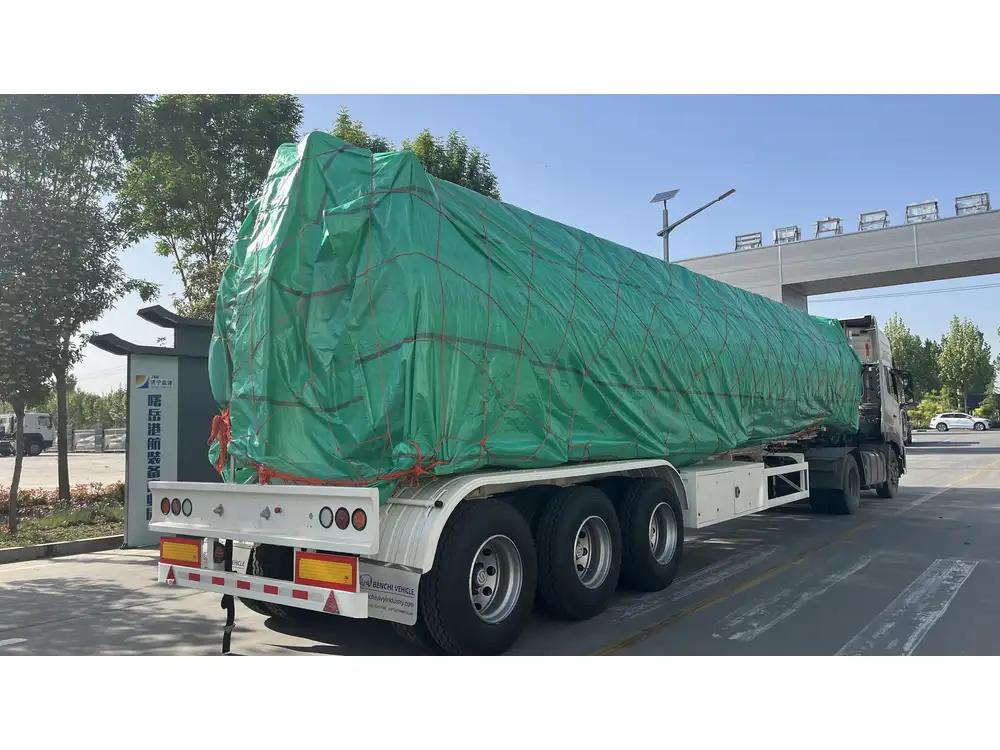
Increased Cargo Capacity
By utilizing the combined capacity of a gooseneck trailer and semi-truck, operators can transport larger loads in a single trip, effectively reducing transportation time and costs. This efficiency is particularly advantageous for businesses involved in logistics and supply chains.
Versatile Applications
From transporting heavy equipment to livestock, the versatility of gooseneck trailers allows businesses to customize their fleets according to changing needs.
Cost-Effectiveness
Investing in a gooseneck trailer for semi-truck use can result in long-term savings given the enhanced performance and durability under heavy loads. Additionally, the improved stability often leads to fewer maintenance issues over time.
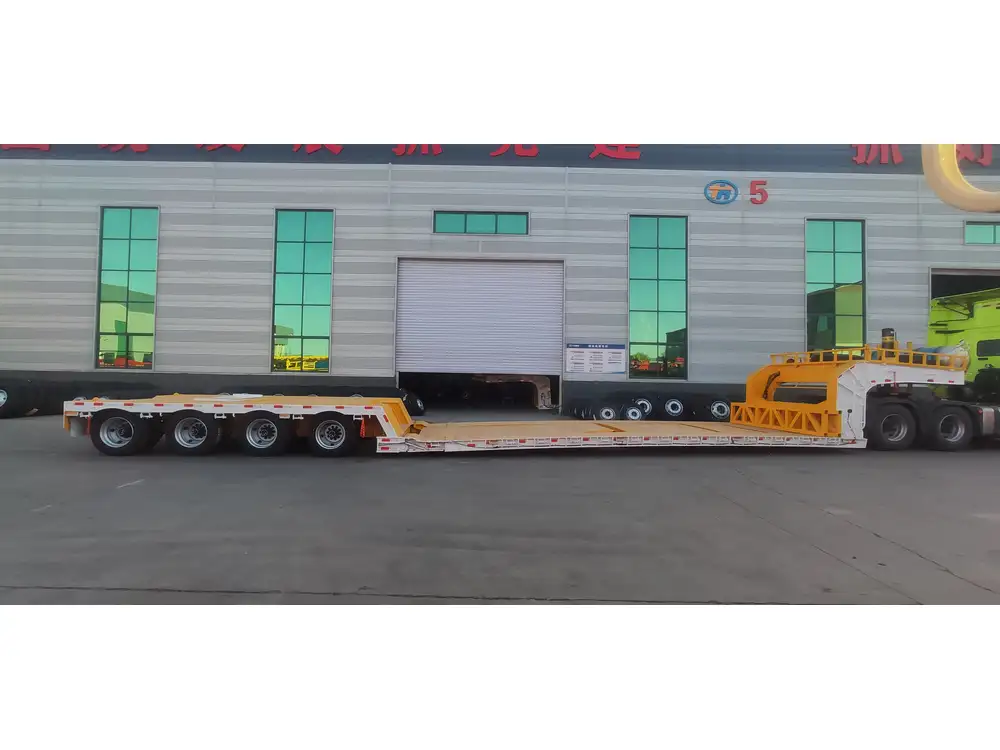
Potential Challenges
Training and Skill Development
Operators must be adequately trained to handle the complexities of towing heavy loads. Professional training programs can provide essential skills and safety protocols for effective management.
Compatibility Concerns with Existing Fleets
Businesses may face challenges when integrating gooseneck trailers into existing fleets. Consider potential upgrades or modifications to your current vehicles to ensure compatibility with newer trailer designs.

Conclusion: Making the Connection
Connecting a gooseneck trailer to a semi-truck is not just a straightforward hitching process; it involves a comprehensive understanding of compatibility, safety regulations, and operational best practices. By addressing aspects such as weight distribution, installation requirements, and legal compliance, operators can ensure efficient and safe transportation of their cargo.
In a logistics landscape where maximizing efficiency and safety is paramount, the combination of gooseneck trailers and semi-trucks presents a compelling option. Whether your focus is on heavy machinery transport, livestock hauling, or general freight, equipping your semi-truck with a gooseneck trailer can be a strategic decision that enhances your operational capabilities.
By acknowledging the intricacies involved in this connection and adhering to safety regulations, businesses can optimize their transport solutions, ensuring dependable performance and security on every journey.



